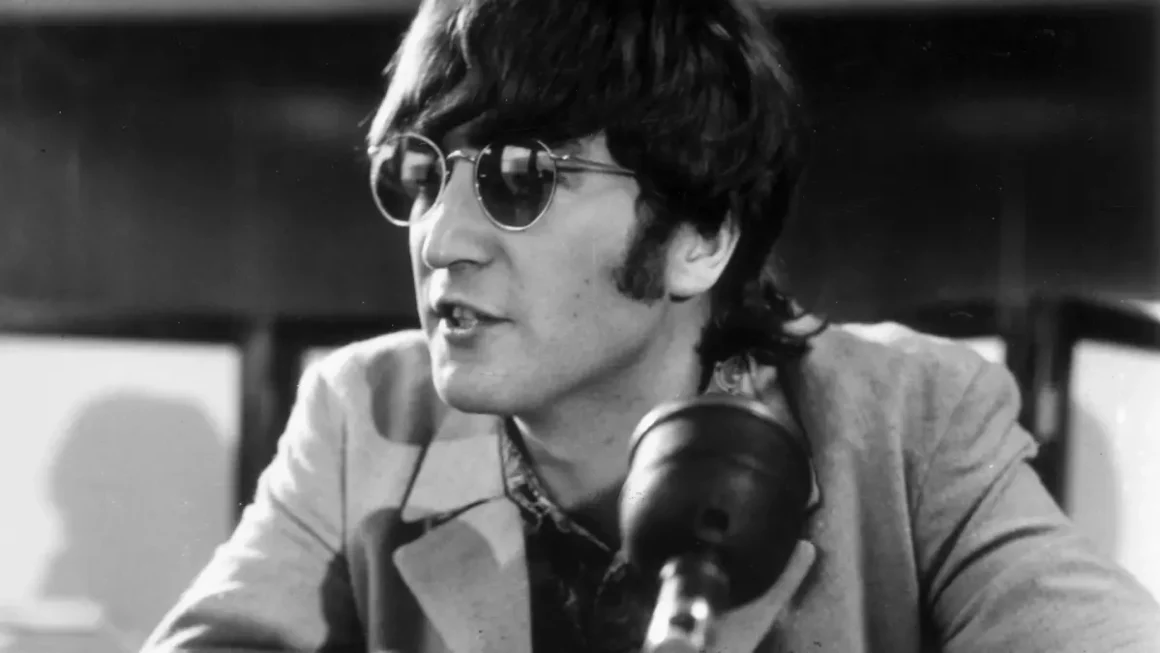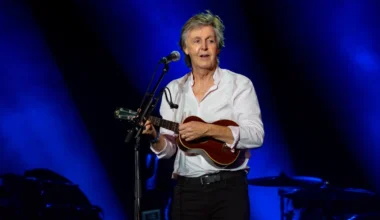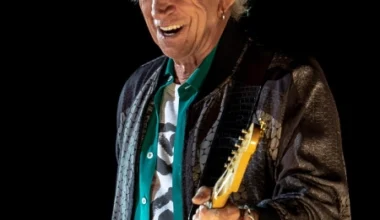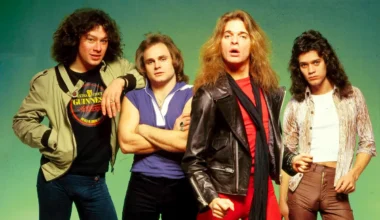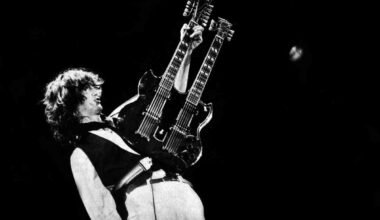It’s well known that by the end of The Beatles’ career, tensions between the members were high. Their musical relationships also strained as their friendships wore thin. By the end, John Lennon wanted out after criticising a significant portion of their final works.
The order of events becomes hazy near the end. While Let It Be is their final album, it was not their only recording effort. That was not surprising given the record’s sessions were rife with fallouts and fights. Throughout the process, almost every member took turns walking out and effectively leaving the group.
To everyone’s surprise, they managed to keep it together for an entire new album. According to all accounts, the recording of Abbey Road went much more smoothly than their previous album. George Harrison said of the sessions, “We did actually perform like musicians again” as they put their squabbles aside to work together. However, there was still something in the atmosphere.
Everyone knew this would be their final record, as Harrison stated, “It felt as if we were reaching the end of the queue.” However, with that ending came final, passionate attempts by the members to have their best work heard. Previously, bossiness and commanding energy were major issues in the band. Harrison felt dominated by McCartney, McCartney felt abandoned and disrespected by Lennon, and Starr believed no one took him seriously. If all of those relationships had been a problem before, the final album tracklist was bound to bring them to light.
It brought it out of John Lennon, who insisted on having his way with the album. George Martin, the band’s producer, spoke about the process, saying, “I tried to get Paul to get back into the old Sgt. Pepper way of creating something really worthwhile.” He wanted to keep their previous interest in flowing records that followed a consistent idea, style, or sound. That, however, would necessitate a significant amount of collaboration, which Lennon was simply not willing to undertake.
The Beatles reached an agreement that reads more like a war treaty than a bandmate discussion. Lennon’s songs would take up the first half of the album, followed by McCartney and Martin’s. The splinter between the two friends became a deep crack as the sides flipped like a country border.
When listening to the recording, the two sections are distinct. The first half of the album is much more like their previous work, with disconnected singles and shifting sounds. In the second half, McCartney and Martin created the extended piece known as the ‘Abbey Road medley‘. It’s widely regarded as a triumph, but Lennon was never a fan.
“John objected very much to what we did on the second side of Abbey Road, which was almost entirely Paul and I working together, with contributions from the others,” he said. Lennon put it far less politely, calling McCartney’s contributions to the record “[music] for the grannies to dig”. He described the medley as “junk … just bits of songs thrown together.”
In fact, he disliked some songs on the album so much that he refused to record them. ‘Golden Slumber‘, ‘Maxwell’s Silver Hammer‘, and ‘Here Comes the Sun‘ were all recorded without Lennon.

